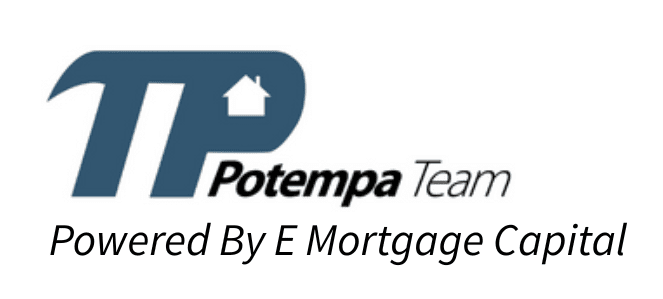In 2020 and 2021, a red-hot housing market sent real estate prices soaring. As a result, many sellers received all-cash offers well above the asking price, allowing them to profit handsomely from each sale. Although the market is still strong, it has cooled down, making it a little easier for buyers to find the right home.
Usually, buyers have to sell one home to purchase another. However, if you want to take advantage of the perfect listing while you wait for your current home to sell, bridge financing is an option. Keep reading to learn more about the pros and cons of bridge loans.
What Is a Bridge Loan?
In simple terms, a bridge loan is designed to “bridge” the gap between an existing mortgage and a new mortgage. Ideally, you’d be able to sell your current home and pay off the loan before purchasing something new, but that doesn’t always happen. For example, if you have to move quickly due to a job opportunity or a family emergency, you may have little time to find a new home and move in.
Even after you receive an offer, you have to wait for the closing to finalize everything. If your closing is delayed, you may not get the proceeds until much later than expected, leaving you paying on two mortgages simultaneously. Bridge financing solves this problem by giving you the funds you need to pay off the existing mortgage.
You can also use bridge loans to cover closing costs, such as title insurance, appraisal fees, government taxes, and prepaid expenses. You need to have thousands of dollars to cover these costs to purchase a new home, making bridge financing an attractive option.
Qualifying for a Bridge Loan
When you apply for a bridge loan, the lender looks at your credit history and other factors to determine if you qualify. For example, banks want to see that you have plenty of equity in your current home. Equity represents the difference between the value of your home and the balance on your mortgage. For example, if your home is worth $400,000 and you owe $150,000 on the mortgage, you’d have $250,000 in equity. Lenders also check your credit and ask for information about your income.
Advantages of Bridge Loans
Taking out a bridge loan has several advantages, which is why bridge financing is so popular. One of the biggest pros is that a bridge loan can help you stand out in a competitive real estate market. Although the market has cooled slightly, home values remain strong. As a result, you may be competing with several other buyers for the same property. When sellers determine which offer to accept, they often go with the one from the buyer who’s most likely to complete the transaction; they don’t want to worry about having the buyer back out at the last minute. If you already have a bridge loan in place, you’ll look better to sellers than a buyer who has to wait to sell their current home to have the funds to close on a new one.
It usually takes much less time to get approved for a bridge loan than it does to get approved for a mortgage. When you apply for a mortgage, the lender has to check your credit carefully and ensure you have the resources needed to pay your closing costs and make your first few months of mortgage payments. Applying for a bridge loan is different, as lenders are more concerned with how much equity you have in your current home. The application process also has fewer bureaucratic rules to follow, making it easier to get approved and get the funds you need.
Opportunity to Avoid PMI
If you want a conventional home loan and don’t have a 20% down payment, you may need to pay for private mortgage insurance (PMI). This type of insurance may cost up to 6% of the principal amount of the loan, increasing your monthly mortgage payment and making it more challenging to afford the home of your dreams. If you take out a bridge loan, you’ll be able to put down at least 20%, avoiding the extra cost of PMI.
Drawbacks of Bridge Loans
Like every type of financing, bridge loans do have some potential drawbacks. Fortunately, minimizing these drawbacks is possible by maintaining good financial habits and shopping around for the best terms.
Financing Requirements
Although it’s typically easier to get approved for a bridge loan than getting approved for a mortgage, you have to meet the lender’s minimum requirements. A low credit score or lack of steady income can prevent you from qualifying or limit the amount of money you can borrow from a lender.
Two Payments
If you take out a bridge loan, you’ll have to make payments while also paying on your new mortgage. One way to mitigate your risk is to plan carefully and pay off the bridge loan as quickly as possible. One of the reasons it’s easier to qualify for a bridge loan than a regular mortgage is that you already have home equity to help secure the loan. If you have little equity, however, the lender may not be willing to approve your application. A bridge loan is a short-term loan, so lenders charge a higher interest rate than they would for a mortgage designed to last for 10, 15, or 30 years. You’ll also have to pay fees on the bridge loan and the new mortgage, increasing the total amount spent.
Work with Trusted Professionals
The Potempa Team offers fast turnaround times and works hard to find the best rates for every client. Contact us at (855) 421-2753 to learn more about bridge financing and determine if it’s right for your situation.





